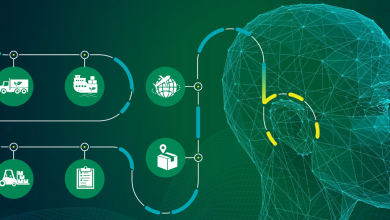
The customer experience when calling a contact centre can often feel like a game of ping pong; being bounced around between various agents before the issue can be resolved. But with research into customer service finding that 52% of customers expect a quick resolution at call centres, it is imperative that businesses have effective strategies in place to solve this.
A lack of customer satisfaction at call centres has become such a widespread issue that it has caught the attention of regulators and government bodies, who are now taking steps to ensure that consumers are getting the right support as quickly as possible. Last year, the Spanish government drafted a bill last year requiring businesses to speak to customers within three minutes or face a fine. Contact centres, therefore, need to look at their current call routing process to streamline the experience of directing a customer to the correct agent who can support their query, in turn improving the overall customer experience when navigating call centres.
The effect of slow routing on customer experience
As far as call centre operatives are concerned, a caller’s experience of a call will typically relate to the outcome of the call itself. However, for the caller, their journey through the contact centre before they even speak to an agent can affect their experience and perception of the business. And when resolving an enquiry or an issue via the contact centre feels like a struggle, businesses risk losing customers and, ultimately, revenue.
A frictionless customer experience is a good customer experience. Yet, unfortunately, many customers who call a contact centre have to jump through hoops before they can even speak to an agent. Many companies currently have systems in place that hamper the customer experience. Limited Interactive voice response (IVR) software with complicated menu choices, for example, can lead to customers speaking to the wrong agent, requiring them to call in multiple times to resolve an issue. And with each inbound call to contact centres costing on average $7, this is a significant operational cost for businesses further to the poor experience of the customer. If businesses used IVR software powered by AI instead, they could transform the telephone experience for their customers.
Using Conversational AI to route and resolve customer queries faster
One approach to support call routing in the contact centre is through the application of conversational AI. Customers can respond to an open question, such as “what can we help you with today?” in natural language before being directed to an agent. Without limiting the customer to narrower choices, the system can better understand the intent of the call and route them to the correct agent for a better telephone experience.
For example, Telefónica Germany, a telecoms provider in Europe, wanted to improve its customer service in response to previous criticism regarding its customer service operations. By adopting a SaaS-based conversational AI platform, to optimise call routing in contact centres, it saw an increase in its call resolution rate, offering customers a speedy and accurate call routing process to improve satisfaction.
The combination of machine and human support provides brands, such as Telefónica, with an added channel for engagement with departments such as customer support. Not only does it allow the contact centre the opportunity to work more efficiently, but it can also potentially increase the customer experience at a time when call volumes are rising.
What’s next for customer service in the contact centre?
With call volumes increasing, businesses are facing the decision to invest in intelligent automation or deliver a customer experience that will increasingly fall short of their expectations. Adopting Conversational AI to improve call routing can transform the way businesses interact with their customers, achieving large-scale customer satisfaction in just a short space of time.




